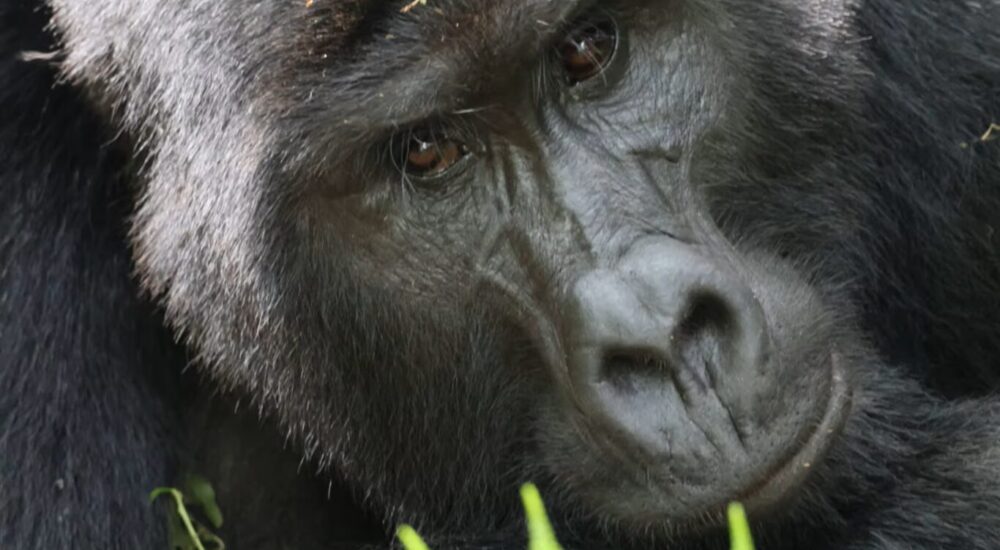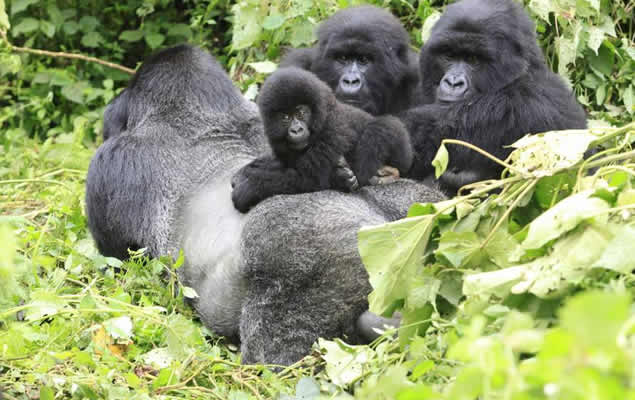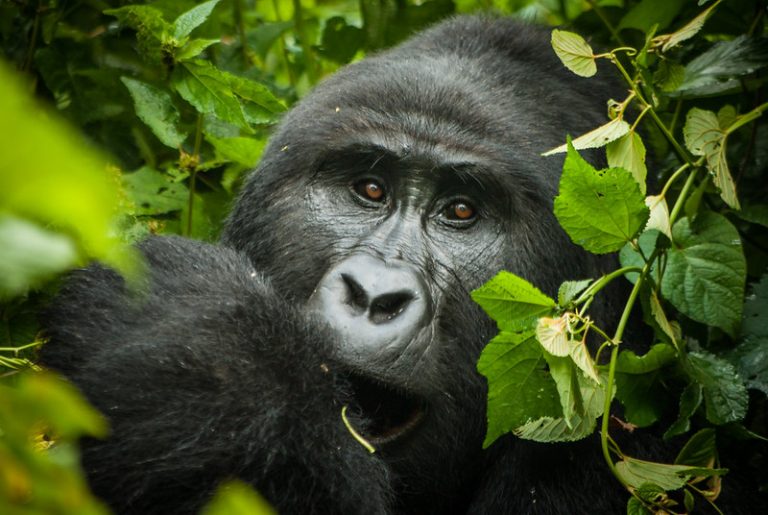What is Gorilla Trekking? Best Destinations for Family-Friendly Gorilla Trekking Preparing for Your Gorilla…
Mabamba swamp birding safaris
Birding in mabamba swamp
This is a Ramser site and the finest terminus for birding activity, positioned in the western side of Entebbe town leaning on the northern shore of Lake Victoria. This swamp is seated on a total area of 2424 km 2 and shielded with water lilies, grass, papyrus, etc. In 2006 this swamp was selected as a Ramser site because of its excessive prominence of the exclusive animals and bird species like the indefinable shoebill stork, papyrus Gonolek, white winged warbler, among others. Mabamba swamp shelters about 300 birds plus universally exposed/endangered species, wandering species, constrained species, to mention but a few which turns it into birders’ nirvana.
Birding is the principal activity in Mabamba swamp and it is conducted from a motorized wooden boat with a guide /birder who knows much about birds and will pass on the information and also assist you to view a series of birds. When this activity is in progress you will have to ride succeeding the different trails in the dense marshes as you out look for bird species such the historical shoebill stork, yellow billed dark, little egret, great blue turaco, green cuckoo, swamp flycatcher, pied kingfisher, grey crowned crane, yellow backed weaver,Hadada ibis, grey parrot, common squacco heron, white faced whistling,etc.
It is at this swamp where you can spot the historic and required shoebill stork. This kind of bird (shoebill stork) is chiefly unsociable bird that grows up to 150 cm tall in height, length is 24 cm with a width of 20 cm weighing 14 pounds, plus a wingspan of 230-260 cm. Shoebill stork eats all types of fish, lizards, turtles, frogs, water snakes, snails, rodents, young crocodiles, etc. This bird is often spotted fluctuating/hovering on vegetation/ upended in water with its beak pointy downwards searching for prey. Usually a female shoebill stork lays eggs of total between 1-3 and both parents segment maturation/incubation responsibilities for a month prior the young ones begin to hatch again, and now once the chicks are hatched, they get fed by the mothers not until they are ready to begin searching for their own food, start flying at 3 months and spends 3-4 years to become fully established or mature.
Other activities that one can engage in when at Mabamba swamp
Canoeing
It’s one of the most exciting activities where tourists/travelers do engage in riding their boats in a trench/foxhole. This activity can be organised for travelers interested when embarking on a birding activity to view bird species, fishing, visiting local villages/the islands on Lake Victoria. And travelers hoping to engage in this activity are recommended to wear life jackets for protection and safety purposes.
Sport fishing
This is one of the chief activity carried out by the indigenous people, fishermen do catch a lot of various fish types like tilapia, lung fish, mud fish which turns out to be the finest and best food for shoebill stork, so fishing is an economic activity then. Travellers interested in this activity can carry with them their fishing equipment or they could probably just view the fishermen do their thing from a far as they fish.
Community/village walks
Through the village walks you get a chance to interrelate with the community people, their way of life, tour their homesteads, learn how to make crafts such as the hats, baskets, sandals, bags, and also taste their local meals and get to know how they are prepared.
How to get to Mabamba swamp
This swamp is stationed in Kasanje-wakiso district, Kamengo in Mpigi sub-county and one can reach it via Kampala /Entebbe. Once you are using the Kampala circuit, you will transfer through Masaka road (around 30 km)-Mpigi, then turn left at Buyege road & transfer for approximately 20 km via Kasange –Mabamba bay and this whole expedition consumes about 1 hr.
While using the Entebbe circuit, you will have to use a boat and pass through Nakiwogo landing site, cross through using a ferry to Kasanje landing site, then join by the road transferring/driving for about 20 mins via open fields and cultivation gardens to the swamp then.
Best time for Birding in Mabamba swamp
During the months of September and March are the finest for birding in this swamp, reason being the chance for you to be able to spot the wandering birds from Europe. The birding activity can be embarked on either in the morning or in the evening but finely and well done in the morning though (at around 7:00 am) when fishing is still inactive.
What to pack for birding in Mabamba swamp?
Travellers are recommended to carry light rain jackets just in case it does rain, long sleeved shirts & trousers, hat and sunglasses to secure you and shield you from direct sunlight, a bottle of drinking water to keep you hydrated, camera so then you can capture a plentiful of photos, a pair of binoculars to be able to spot the far birds, insect repellent to safeguard your skin from the insect bites,etc.


